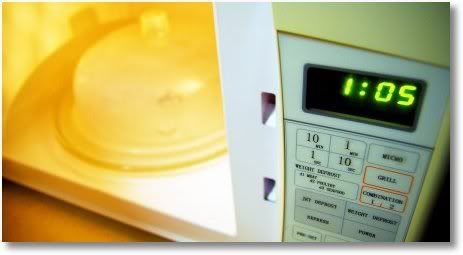Why is egg safety a concern? Eggs can be part of a healthy diet. However, they are perishable, just like raw meat,poultry and fish. To be safe, they must be properly refrigerated and cooked. Also todaysome unbroken shell eggs may contain bacteria that can make you sick unless the eggsare carefully handled. This bacteria is Salmonella enteritidis. While the number of eggsaffected is less than one in ten thousand, there have been scattered outbreaks in the lastfew years. Currently the government, the egg industry and the scientific community areworking together to solve the problem.
What part of the egg carries the bacteria? Researchers say the salmonella bacteria are usually in the yolk or yellow. But theycan't rule out its presence in egg whites. So everyone is advised against eating raw orundercooked egg yolks, whites or products containing them.
Who should be extra-careful?People with health problems, the very young, the elderly and pregnant women ( therisk is to the unborn child) are particularly vulnerable to Salmonella enteritidisinfections. Health problems could be a chronic illness or any condition which weakensthe immune system.
What can you do at home? Proper refrigeration, cooking and handling should solve most "egg" problems. Youcan continue to enjoy eggs and egg-rich foods if you follow these safe handling guidelines.
To be egg-safe:1. Avoid eating raw eggs or foods that contain them. This includes "health food" milkshakes and raw eggs. Caesar salad, Hollandaise sauce, and any other food likehomemade mayonnaise, ice cream, or eggnog made from recipes in which the raw eggingredients are not cooked.
2. At the store, choose Grade A or AA eggs with clean, uncracked shells. Make sure theyhave been refrigerated in the store. Any bacteria present in an egg can grow quickly atroom temperature.
3. Refrigerating eggs - Take eggs straight home to the refrigerator. A home refrigeratorshould be running at 40 degrees Fahrenheit. Store them in the grocery carton in thecoolest part of the refrigerator, not in the door. Don't wash eggs. You'll remove aprotective coating applied at the packing plant.
4. How long will eggs keep in the refrigerator? Use raw shell eggs within 3 to 5 weeks.Hard-cooked eggs will keep 1 week. Use leftover yolks and whites within 4 days.
5. How long will eggs keep frozen? About 6 months. You can freeze white separately.For whole eggs, beat yolks and whites together.If eggs freeze accidentally in their shells,keep them frozen until needed. Defrost in the refrigerator. Discard any with crackedshells.
6. Handling eggs- Wash hands, utensils, equipment and work areas with hot, soapywater before and after contact with eggs and egg-rich foods. Avoid keeping eggs out ofthe refrigerator over two hours. Serve cooked eggs and egg-rich foods immediately aftercooking, or refrigerate at once for later use. Use within 3-4 days.
7. Leftovers - Divide large amounts of egg-rich foods into small containers for quickcooling.
8. Cooking times-Fried eggs- 2 to 3 minutes on each side; 4 minutes in a covered pan.Scrambled eggs- should be cooked until firm throughout.Poached eggs- Cook 5 minutes over boiling waterSoft-cooked eggs- Cook in the shell 7 minutes.
9. Safer egg recipes- Update recipes for Caesar salad, Hollandaise sauce, homemademayonnaise, salad dressing and other uncooked egg-based sauces by using commercialpasteurized eggs or egg substitutes. Egg mixtures are safe if they reach 160 degreesFahrenheit, so you can make eggnog, ice cream and soft custards from fresh eggs if youstart with a cooked base. Use a thermometer or heat gently until the mixture coats ametal spoon.
10. Easter eggs- Cooking removes the eggshell's natural protective coating, so hardcooked eggs are more susceptible to bacteria than fresh shell eggs. Refrigerate Easter eggsimmediately after cooking and drying. Do not leave them off refrigeration for over twohours during the hunt either. After your "bunnies" have found their eggs, refrigeratethe eggs again. They should keep for about a week.






